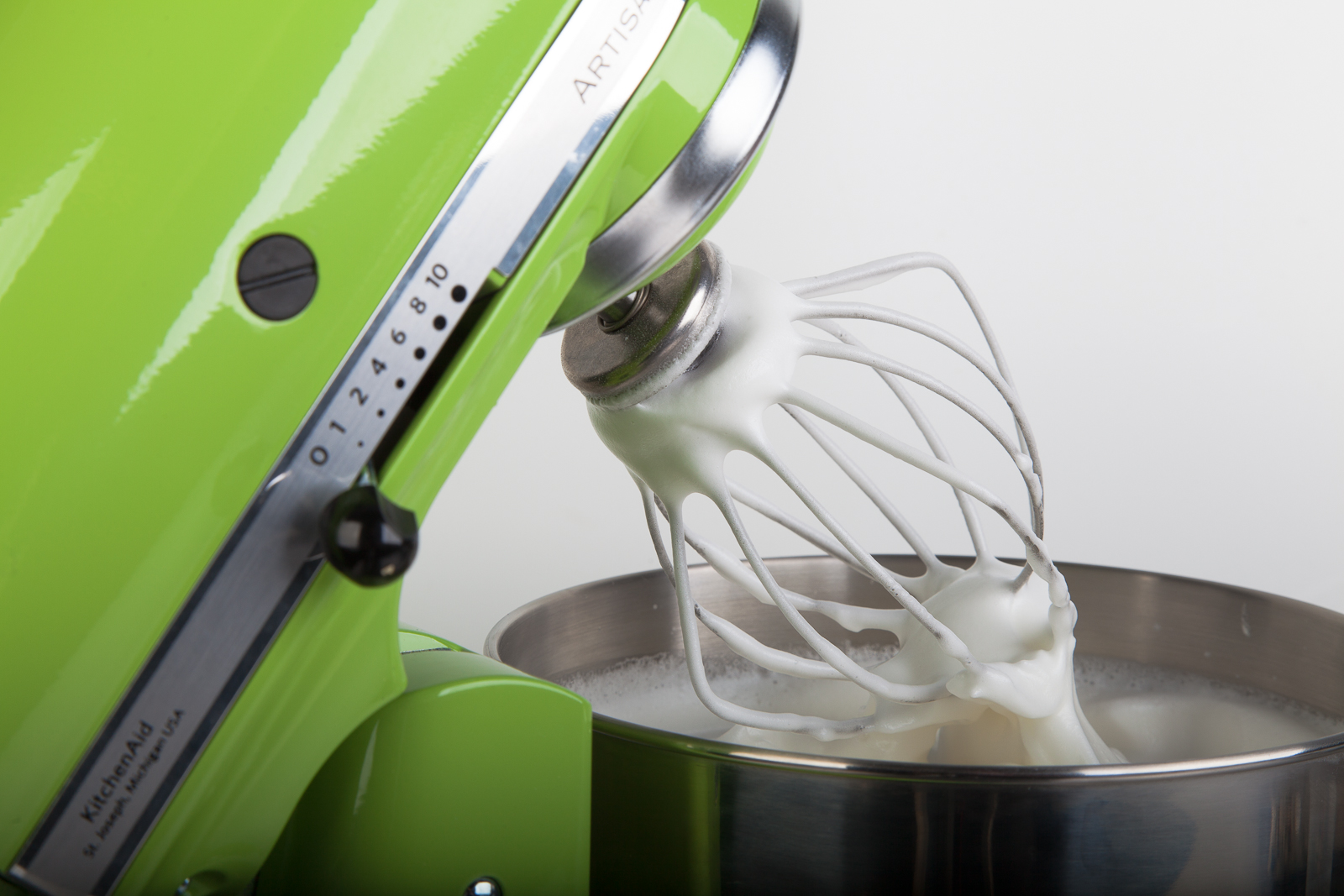10 Tips for the reformulation of recipes
There is a lot involved when improving the composition of products (less sugar, salt or fat), without substantially affecting the taste, texture, shelf life and cost price. Merel Rijnen of Food Dynamics hands over 10 tips for companies that want to start reformulating products.
1. Set a goal
Determine the purpose. For example: should the sugar be reduced by 20% of the nutritional value? Then first calculate how much sugar has to be replaced in the recipe. Then you can see how big the challenge is. Who is the target set for? Is it because of new laws and regulations? Or is it for a new customer? It is a “must have” or a “nice to have”, then it is possible to determine whether or not to deviate from the goal.
2. Product functionality
Map the product functionality or functionalities of the component you want to replace. Salt in bakery products, for example, strengthens the texture of bread or pastries. Sugar in confectionery products provides the desired sweet taste and texture. Based on these insights, you can look for alternative ingredients.
3. Effect on manufacturing
Determine the effect of an alternative recipe on the production process. For example, if dough becomes too sticky after salt reduction, the processing of the dough becomes impossible for the operators in your factory.
4. Allergens
See if the alternative ingredients comply with the current allergen policy that is conducted in the factory. When you replace a vegetable fat with a margarine based on milk, you bring in a new allergen.
5. Product properties
Determine which product features are important and how to measure it. Examples are taste, texture and shelf life. Test your alternative recipes, see what the effects of the applied ingredients are on these product properties. Always compare with the reference, the product current product.

6. Test
Make a plan to test the alternative ingredients. What alternatives are there and is there a preference for test order? It is best to add 1 variable per test recipe, so that you can clearly see what the influence is on the end product.
You can also choose to take the tests in steps. In this way it becomes clear to what extent the recipe can be adjusted without changing the product properties. Up to where does the product meet the set conditions?
7. Measurement
Did you manage to maintain the product characteristics? Very good, but has the goal been achieved? Conduct a nutritional value analysis to verify.
8. Influence on the ingredient declaration
By using alternative ingredients, it is quite likely that the ingredient declaration must be adjusted. Make an inventory of the product specifications, stocks, packaging, labels and other, to see the impact of the reformulation.
9. Cost calculation
To sketch the complete new picture, concessions may have to be made. Is product improvement worth the new cost, is the target audience willing to pay?
10. Cooperation
Work with ingredient suppliers or a knowledge institution such as Food Dynamics. They have a lot of knowledge available and can help you improve the composition of your product quickly and effectively.

